The art of jazz isn’t just about hitting the right notes – it’s about feeling the groove and channeling your inner Miles Davis and Louis Armstrong. Here are my top 6 tips:
Embouchure Elasticity: Do buzzing exercises to control your pitch and tone. It might feel weird initially, but it’s like making funny faces—worth it.
Breathing Exercise: More air means more sound. Do breathing exercises to boost your diaphragm, and remember to stay seated—fainting during practice isn’t very jazzy.
Finger Flexibility: Committing to daily finger exercises and slow, deliberate scales, will help synchronize your brain and hands, allowing your fingers to dance smoothly over the valves and bring elegant transitions to your playing.
Jazz Phrasing: Listen to great trumpeters and try to mimic their articulation and style. It’s essentially karaoke but cooler and without the embarrassing lyric flubs.
Jazz Scale: Mastering jazz scales, such as the major, blues, and pentatonic scales, is essential for navigating complex chord changes and improvising easily and confidently.
Transcribing Solos: Incorporate inspiration from other jazz legends’ techniques into your own. Keep your passion alive, and let your trumpet sing with your personality.
These tips will set you on the right path, ensuring your performances will have audiences snapping their fingers and tapping their feet in no time.
Keep on reading to know more about how it works!

Jazz Language and Mastering Basics
Playing like a jazz trumpet legend starts with nailing the basics. From embouchure to breathing and finger flexibility, these foundational skills set the stage for greatness.

Embouchure Elasticity
Creating a versatile embouchure is crucial. It determines your ability to hit different notes with precision.
Practice the basic “buzzing” technique without the trumpet to build this skill. Start with basic note drills and gradually add complexity.
Use a mirror to check for consistency in your lip shape. A reliable embouchure will see you through all the smooth glissandos and sweet high notes jazz demands.

Breathing Exercise
Efficient breathing is key to maintaining those long, melodic lines crucial in jazz.
First, understand the role of your diaphragm and practice deep breathing exercises. Sit comfortably, inhale slowly through your nose, and exhale through your mouth, pushing the air out with your diaphragm to help manage breath control and improve your stamina during performances.
Remember, proper breathing isn’t an afterthought; it’s your power source. Balancing relaxed and forceful breathing can transform how you play every note, ensuring you maintain the stamina needed for those dazzling solos.

Finger Flexibility (Trumpet Tai Chi)
Your fingers need to be as elegant as a jazz dancer’s feet. Finger flexibility allows for swift, accurate note changes.
Commit to daily finger exercises, practicing “trumpet tai chi” by moving your fingers smoothly from valve to valve without the instrument. Add slow, deliberate scales, gradually increasing speed to improve your skill.
Finger exercises aren’t just warm-ups; they are essential for synchronizing your brain and hands. Slow practice is key, gradually allowing you to notice the ease with which your fingers dance over the valves, bringing smooth transitions to your actual playing.

Jazz Phrasing
Jazz phrasing is like developing your accent in the world of music. Articulation, rhythm, and dynamics are key players here. This is where listening becomes a musician’s best friend.
Spend countless hours listening to legends like Miles Davis and Louis Armstrong. Pick up on their use of rests and how they emphasize specific notes—experiment with mimicking their phrasing patterns in your practice sessions.

Navigating Jazz Scales
Jazz scales are like the GPS of improvisation. They guide you through every twist and turn of the musical journey. Begin with the major scale. Then, get acquainted with the blues scale and the pentatonic scale.
Practice these scales until they become second nature. Seamlessly transition from one to another. You’ll find that navigating through complex chord changes becomes as easy as pie (and just as satisfying).

Steal, Don't Copy

When transcribing solos, think of yourself as a detective, uncovering the secrets hidden within the music. Begin by selecting a short, manageable phrase from a player you admire.
To help with tricky passages, slow down the recordings using tools or apps that allow you to change the tempo without altering the pitch, making catching the nuances in each note easier.
Physically write down the music, as this old-school method can help solidify what you hear. Focus on the notes and articulation, dynamics, and timing to gain a deeper insight into the player’s style and technique. After transcribing, practice playing along with the recording to mimic the exact feel of the solo.
Finessing Your Jazz Techniques
Each of these 6 fundamental tips is a brick in the wall of your jazz trumpet prowess. Mastering the basics will set the foundation for advanced techniques and improvisation, propelling you toward legendary status.
Sounding like a jazz superstar might seem like a crazy dream, but you can do it! I’m not saying you’ll be the next Miles Davis by next week, but if you keep at it and practice a ton, you’ll get there.

Just remember, it’s not only about what notes you play; it’s about how you play them. Technique is important, but so is that special jazz swagger that’s hard to put into words.
Use these tips, have a blast, and most importantly, enjoy yourself. Who knows? Someone may write a how-to guide on playing like you!
TRUMPETS WE RECOMMEND
Yamaha YTR2330

FEATURES:
Student Bb trumpet with beginner-friendly features
OTHER INFO: Gold epoxy lacquer finish
- Customizable grip
- Register for a 5-year extended warranty and 3-month Tomplay Premium
- It may be more expensive compared to some entry-level trumpet options
When you click ‘Check Price’, you’ll see there are loads of great places to buy this item. Our personal favorite is Sweetwater for the US, and Thomann and Gear4Music for the UK & Europe.
They are the largest music retailers, with excellent customer service, competitive prices, really fast shipping, and the longest guarantees.
The professional musician who wrote this article combined many things,
from the product build, manufacturer’s reputation through to feedback
from other users, to create our famous TedScore™.
Jupiter JTR700 Standard Bb Trumpet
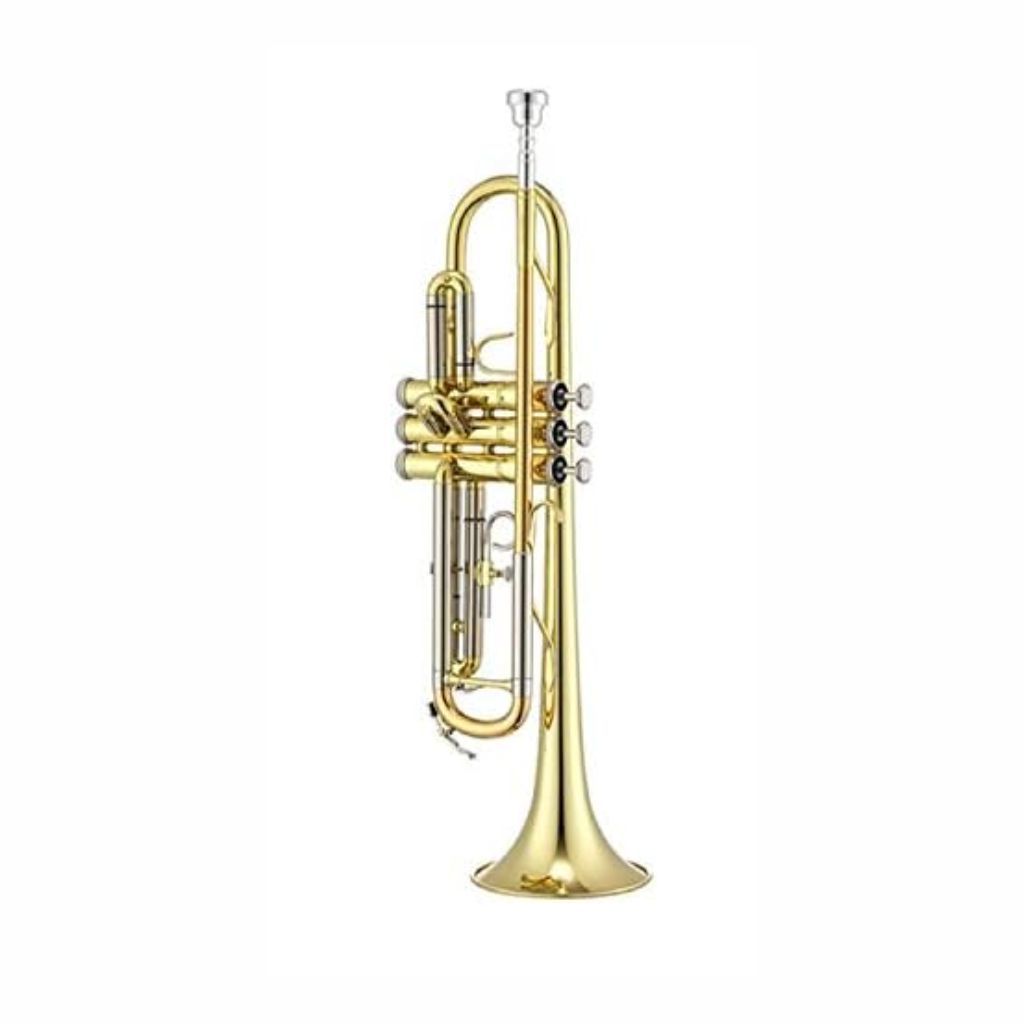
FEATURES: Nickel silver outer slides
OTHER INFO: Clear lacquer finish
- Finger buttons in mother-of-pearl look
- Beginner-friendly breath resistance
- 1st and 3rd valve slides provide effortless adjustability
- It comes with a standard ABS case
- Some users have reported valve sticking issues, impacting playability and necessitating maintenance
When you click ‘Check Price’, you’ll see there are loads of great places to buy this item. Our personal favorite is Sweetwater for the US, and Thomann and Gear4Music for the UK & Europe.
They are the largest music retailers, with excellent customer service, competitive prices, really fast shipping, and the longest guarantees.
The professional musician who wrote this article combined many things,
from the product build, manufacturer’s reputation through to feedback
from other users, to create our famous TedScore™.
KING Trumpet-Standard, Silver (2055T)
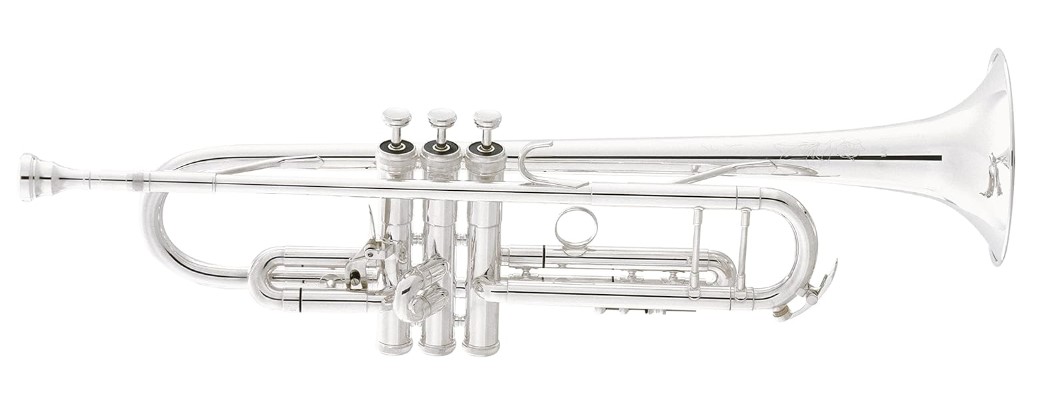
FEATURES:
- Medium-large bore for
a warm and rich sound
- Silver-plated finish for a
classic look and feel
- Produces a warm and rich sound with excellent tonal quality
- Classic and elegant appearance
- Affordable price point for a high-quality trumpet
- May not have as many advanced features as some other intermediate-level trumpets
- Silver plating may require more maintenance and upkeep than other finishes
When you click ‘Check Price’, you’ll see there are loads of great places to buy this item. Our personal favorite is Sweetwater for the US, and Thomann and Gear4Music for the UK & Europe.
They are the largest music retailers, with excellent customer service, competitive prices, really fast shipping, and the longest guarantees.
The professional musician who wrote this article combined many things,
from the product build, manufacturer’s reputation through to feedback
from other users, to create our famous TedScore™.




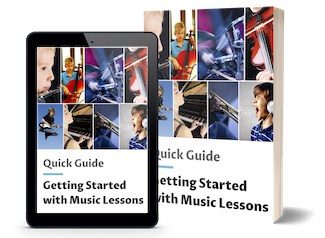





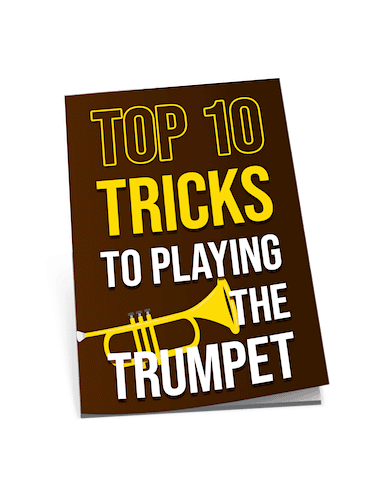
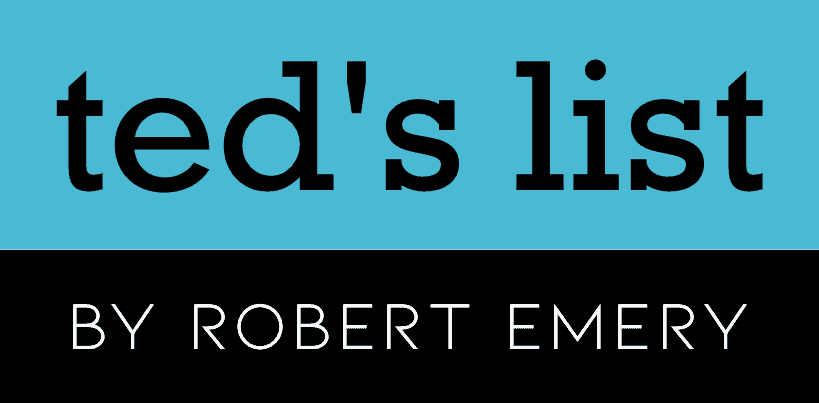
While I agree that learning the major, blues, and pentatonic scales are foundational, I believe focusing solely on these can limit a musician’s improvisational creativity. There are other scales like the harmonic minor, melodic minor, and various modes that are incredibly useful for jazz improvisation. Diving into these not only expands your musical vocabulary but truly unlocks the door to mastering jazz improvisation. Would love to hear your thoughts, Cai Isfryn, and if you’ve considered incorporating these in future lessons?
Absolutely agree with ScaleMaster here. Exploring modes like Dorian, Phrygian, and Lydian opens up a new palette of sounds. Jazz isn’t just about what’s foundational but also about what’s possible.
Yep, those exotic scales make solos pop. Been working on my harmonic minor for that spicy flavor.
always thought jazz was all improv, didn’t realize how much you gotta learn even the basics. scales seem boring but guess it’s necessary, huh?
I’ve been trying to improve my finger dexterity for faster scales and stumbled upon the ‘Trumpet Tai Chi’ section. Curious if there are any specific exercises you recommend for daily practice to achieve that elegance. Also, are there any particular rhythms or pieces that work best for applying these exercises?
Not the original poster here, but in my experience, practicing scales with a metronome at increasing speeds really helps with finger flexibility. Try starting slow and gradually ramping up the tempo. Works wonders!
Super helpful guide on the basics, especially the part about embouchure flexibility. Was struggling with hitting those high notes cleanly but your tips made a noticeable difference, Cai Isfryn. Gotta work on that breathing next!